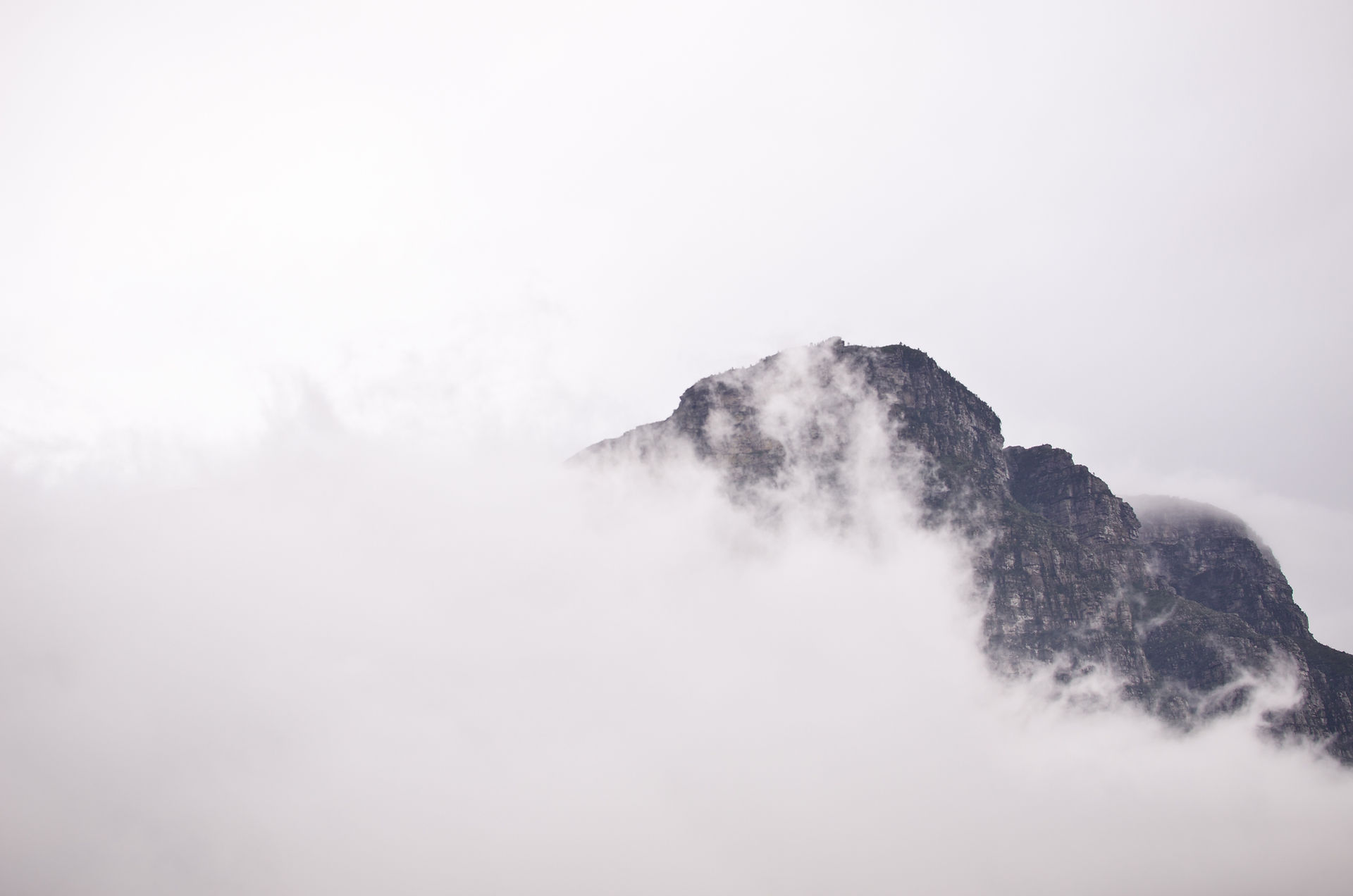- eminergy
- Dec 5, 2023
- 1 min read
Pu-erh tea has a long history dating back several centuries. It is believed to have originated in the Yunnan province of China during the Eastern Han Dynasty, which spanned from 25 to 220 CE. The tea's name comes from the Pu'er County in Yunnan, which was an important trading post for tea during ancient times.

The unique fermentation process that characterizes pu-erh tea likely developed over time as a method of preserving and aging tea leaves for trade and transportation along the ancient tea horse road. This road was a network of routes used for trading tea, mainly from Yunnan to Tibet and other regions.
Pu-erh tea comes in two main categories:
raw (sheng)
and ripe (shou or cooked/fermented)
Raw pu-erh undergoes a natural aging process over time, while ripe pu-erh undergoes an accelerated fermentation process. Both types have contributed to the rich history and cultural significance of pu-erh tea in Chinese tea traditions.




